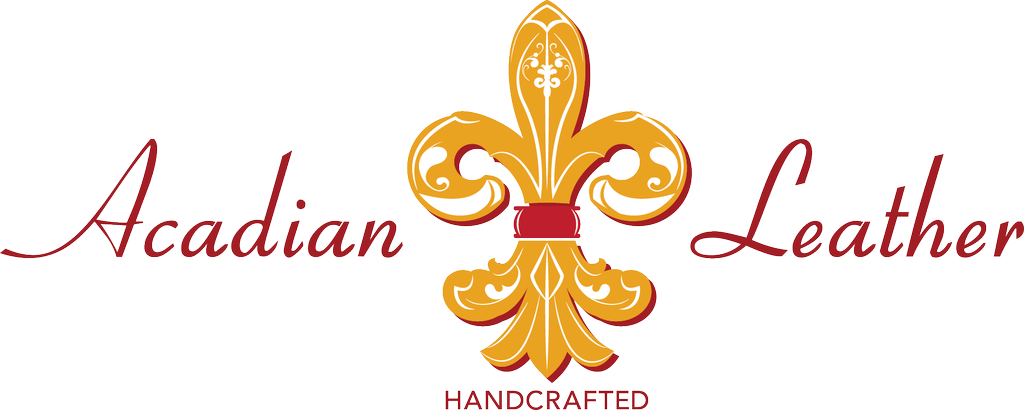Caring for Alligator Hide
Alligators have a tougher hide than most other game animals in Louisiana. As with most animal hides, it requires certain tools to properly skin an alligator. Good alligator hide is valuable and often used to make exquisite items like purses, leather shoes and more. That’s why it’s important to know how to properly skin and cure an alligator. Read on to learn some helpful tips when it comes to alligator hide care.
Skinning preparation
One of the first steps in skinning any game animal is gathering the right set of tools. To skin alligator hide, you’ll need a good knife, razor blade and sharpener. You’ll also want to keep some salt and a scraper on hand. Find a well-lit area to start the skinning process, as it’s important to be able to see what you’re doing. Be sure to keep your table at a comfortable height, so you don’t risk hurting yourself during the skinning process.
Make sure to start the skinning process as soon after harvest as possible. You can prevent bacteria from reaching the alligator leather hide by keeping it away from blood and any possibly contaminated surfaces. It’s also important to keep the hide out of direct sunlight. Once you’ve properly prepared, you can actually start skinning the animal.
The skinning process
The skinning process for an alligator is similar to the skinning process of many other game animals. You’ll want to first make an outline, then cut along the first row of scutes on the animal’s back. After that, cut along the top of each leg and around each wrist and ankle. Cut an outline into the tail. Cut through the base of the tail, then skin it. Start skinning the body with the front legs, being sure to cut away from the front legs and body. You’ll then skin the hind legs. Cut along the jaw of the animal before skinning down the belly.
Curing the hide
Once you’re done skinning the animal, the curing process can begin. The curing process allows for better preservation of the animal hide. There are two ways to cure alligator hides: brining and salting. Both methods are quite easy and come with their own advantages and disadvantages.
Brining offers a great way to cure and store your alligator hide. First, you’ll want to gather the right materials, which include a plastic drum, salt, boric acid, bleach and water. Together, these ingredients will help prevent the growth of bacteria. Avoid adding in any extra chemicals, as these could damage the hide. Be sure to keep the brine perfectly sealed to prevent insects and other contaminants from reaching the hide.
The second method, salting, doesn’t require as many ingredients as brining. For this, you’ll need to cover the hide in salt and work it into all parts of the animal. Bacteria can grow in all areas, so it’s important to thoroughly salt the tail, flaps and all other hard-to-reach places. Avoid using rock salt, and avoid placing the hide in a freezer.
If you’re looking for top-quality leather products made from genuine alligator leather hide, pay a visit to Acadian Leather today.
Categorised in: Leather Care
